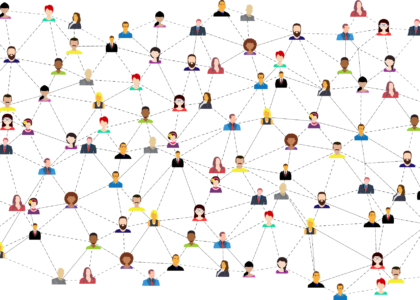Archiving of websites, social media and Mobile
E-arkiva is an expert in archives and digital information management and can now offer services for archiving information from websites, email and communication, mobile SMS, social media accounts e.g. YouTube, Facebook, Instagram, and Twitter.

What does the service mean?
A clickable archive copy of your posts together with all comments
E-arkiva has developed a solution for archiving information from various social media accounts. Via our service, you can create an archive copy containing what you have published on your Facebook page or Instagram account, Twitter, and now also Youtube, including a compilation of reactions and comments on posts made on the page. The archive copy can be opened in a standard web browser and displayed in a structure reminiscent of the original content.
Easy-to-handle format adapted for long-term preservation
The archive copy consists of files that are archive-proof (eg HTML and JPEG, usually packed in zip format) and can easily be exported to your e-archive or to other digital mediums.
History
Between 1903 and 2008
During this time, the general archive schedule was the most common way of structuring the archived information of the business. With increased digitalization in society, the general archive scheme faced the challenge of:
- Was designed for “traditional office documents”.
- Was difficult to use for reporting digital information.
- Did not agree with how organizations work today.
- Did not start from the needs of the business – must be supplemented with additional search aids such as diaries, lists, etc.


Year 2008
This year, the National Archives’ Regulation on the introduction of activity-based archive accounting for government agencies was published (RA-FS: 2008: 4), also called process-oriented archive accounting or information accounting. It is based on the same ideas as the ISO standards for information management; LVI and LIS. What mainly characterizes the new way of reporting information is that it:
- Puts the information in context.
- Handles various media formats which facilitate e-archiving.
- Is connected to the business process.
- Can be used for business improvement and development.
Perhaps the biggest benefit of describing the information in this way is that organizational changes do not disturb the information structure that remains intact as this way of describing the information is completely decoupled from how the business is organized. The structure changes only if the business processes, the organization’s assignments, and/or business focus change.

